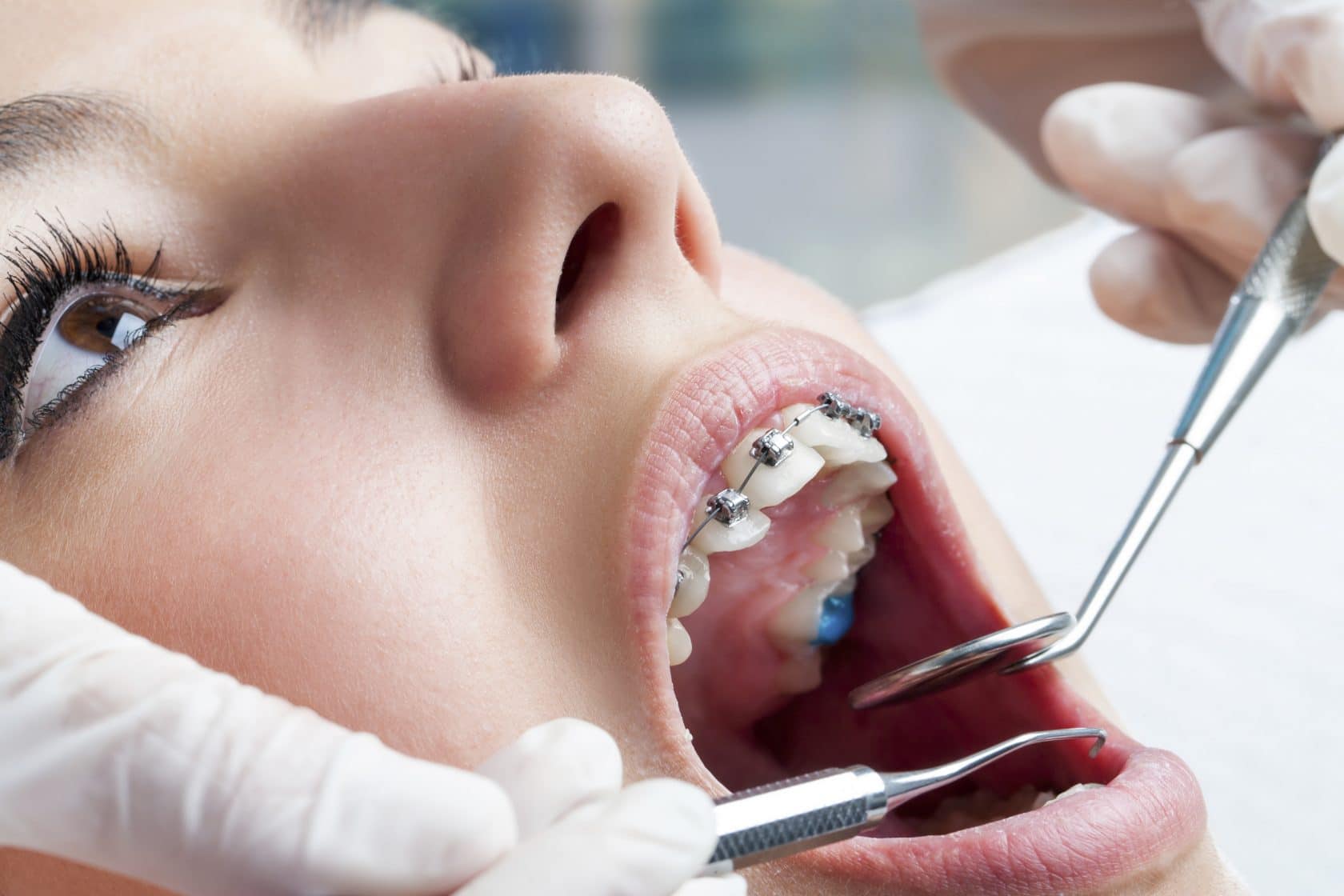Your Overview to Cumming Invisalign: Straightening Teeth with Style and Comfort
Your Overview to Cumming Invisalign: Straightening Teeth with Style and Comfort
Blog Article
Comprehensive Overview to Orthodontics Treatments for Remedying Dental Imbalances
Recognizing the details of each treatment, including their systems, benefits, and potential drawbacks, is essential in making informed choices concerning one's orthodontic therapy. As we navigate through the comprehensive overview to orthodontic treatments for remedying oral misalignments, the detailed information of each approach will certainly unravel, dropping light on the course towards a practical and harmonious dental positioning.
Orthodontic Procedures Introduction

In enhancement to clear aligners and standard braces, orthodontists might additionally recommend other treatments like headgear, palatal expanders, or retainers to address particular alignment problems (cumming orthodontist). These procedures are tailored to every client's unique requirements and may involve a mix of therapies to attain the wanted results. Regular adjustments and tracking are important parts of orthodontic treatment to guarantee progress is on track and to make any kind of needed alterations along the method. By undergoing orthodontic treatments, patients can not only accomplish a straighter grin but also boost their overall oral wellness and function.
Typical Dental Braces: How They Work
When taking into consideration orthodontic treatments for oral misalignments, conventional dental braces stick out as a tried and true method for remedying teeth positioning. Typical braces include brackets, cords, and bands that collaborate to use continuous stress on the teeth, gradually relocating them into the wanted positioning. The braces are affixed to the teeth making use of a special adhesive, and the cords are threaded with the braces. By changing the tension of the wires, orthodontists can regulate the instructions and force related to each tooth, guiding them right into correct positioning gradually.
As pressure is used to the teeth with the dental braces, the bone bordering the teeth is reshaped to support the brand-new tooth positions. Patients will need regular adjustments at the orthodontist's workplace to ensure the dental braces continue to use the correct stress for efficient teeth activity.
Undetectable Aligners: Benefits And Drawbacks
These clear, customized trays are virtually unseen when used, making them an appealing alternative for individuals looking for a much more aesthetically pleasing orthodontic therapy. Clients can remove the aligners prior to eating or cleaning their teeth, decreasing the threat of food getting stuck in the appliance and streamlining the cleaning procedure.

Surgical Orthodontic Options
Surgical treatments in orthodontics existing practical choices for addressing complicated oral imbalances that may not be effectively solved via conventional orthodontic treatments. While invisible aligners and traditional dental braces can correct lots of orthodontic issues, particular instances need surgical intervention to achieve optimal results. Surgical orthodontic choices are typically suggested for serious malocclusions, substantial jaw discrepancies, and situations where the underlying bone structure requires alteration to achieve proper alignment.
One typical medical orthodontic treatment is orthognathic surgical procedure, which entails rearranging the jaws to remedy functional issues such as problem talking or chewing. This surgery is typically performed in partnership with an orthodontist that assists straighten the teeth prior to the dentist office and after the treatment. Surgical orthodontics may likewise include procedures to subject influenced teeth, remove excess gum cells, or reshape the jawbone to develop a much more harmonious face profile.
Before taking into consideration medical orthodontic alternatives, individuals go through a detailed examination to determine the need and potential benefits of such interventions. braces. While surgery might appear difficult, it can significantly enhance both the feature and visual appeals of the smile in cases where traditional orthodontic treatments fail
Retainers and Post-Treatment Treatment

Post-treatment care includes adhering to the orthodontist's guidelines vigilantly. This may include appropriate dental health techniques, participating in follow-up appointments, and wearing the retainers as recommended. Failure to abide by post-treatment treatment guidelines can cause regression, where the teeth progressively relocate back in the direction of their initial positions. Consistent retainer wear, good oral hygiene, and routine dental examinations are essential for maintaining the results achieved through orthodontic surgery and guaranteeing the long-lasting stability of the remedied dental placement.
Final Thought
Finally, orthodontic procedures offer numerous choices for remedying dental imbalances. Typical dental braces use steel braces and wires to change teeth right into proper alignment. Undetectable aligners supply a more very discreet option but might not appropriate for all cases. Surgical orthodontic alternatives are offered for more serious misalignments. Retainers are generally used post-treatment to maintain the new alignment. Generally, orthodontic procedures can properly enhance dental health and wellness and aesthetic look.
As we browse through the thorough guide to orthodontic treatments for correcting dental imbalances, the complex details of each approach will unravel, shedding light on the course towards a harmonious and practical oral alignment. - cumming orthodontist
One of the most common orthodontic therapies is the use of braces, which consist of steel brackets and cables that apply gentle stress to gradually browse this site move teeth right into the desired setting.When considering orthodontic treatments for oral imbalances, typical braces stand out as a tried and true approach for remedying teeth placing. Additionally, undetectable aligners might not be suitable for complex orthodontic issues that need even more substantial teeth activity, as they are usually advised for mild to modest cases. Retainers are customized orthodontic gadgets made to hold teeth in their dealt with positions after the conclusion of orthodontic treatment.
Report this page